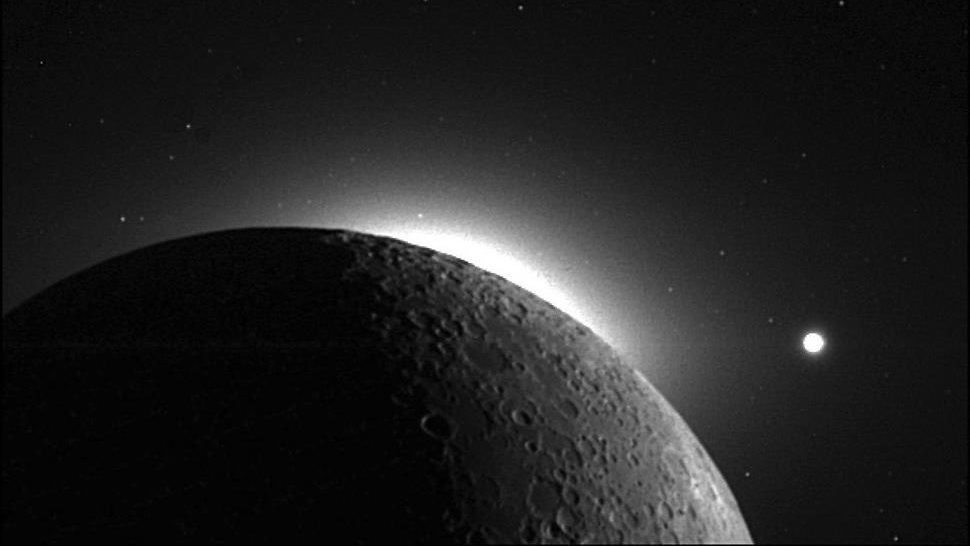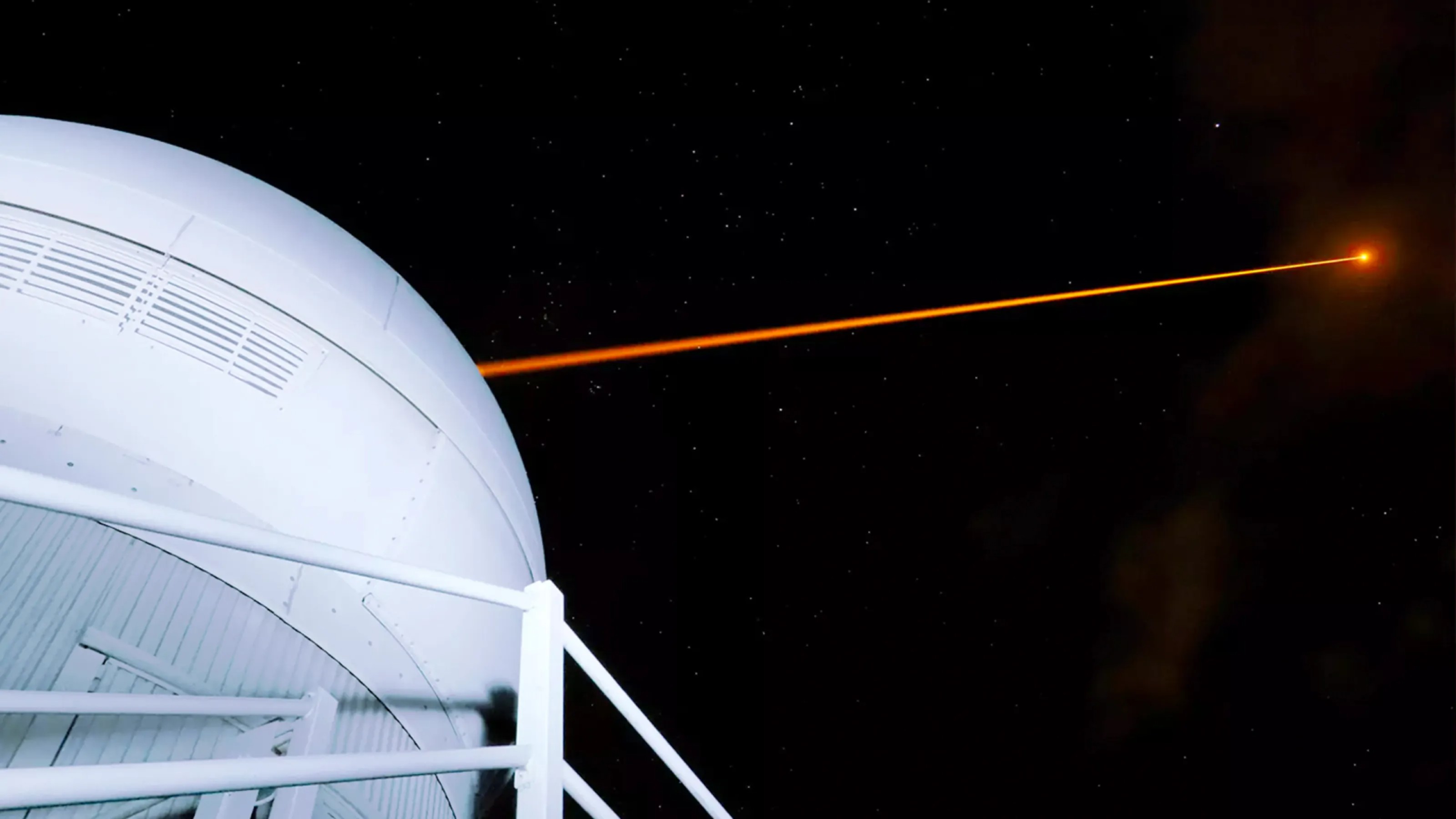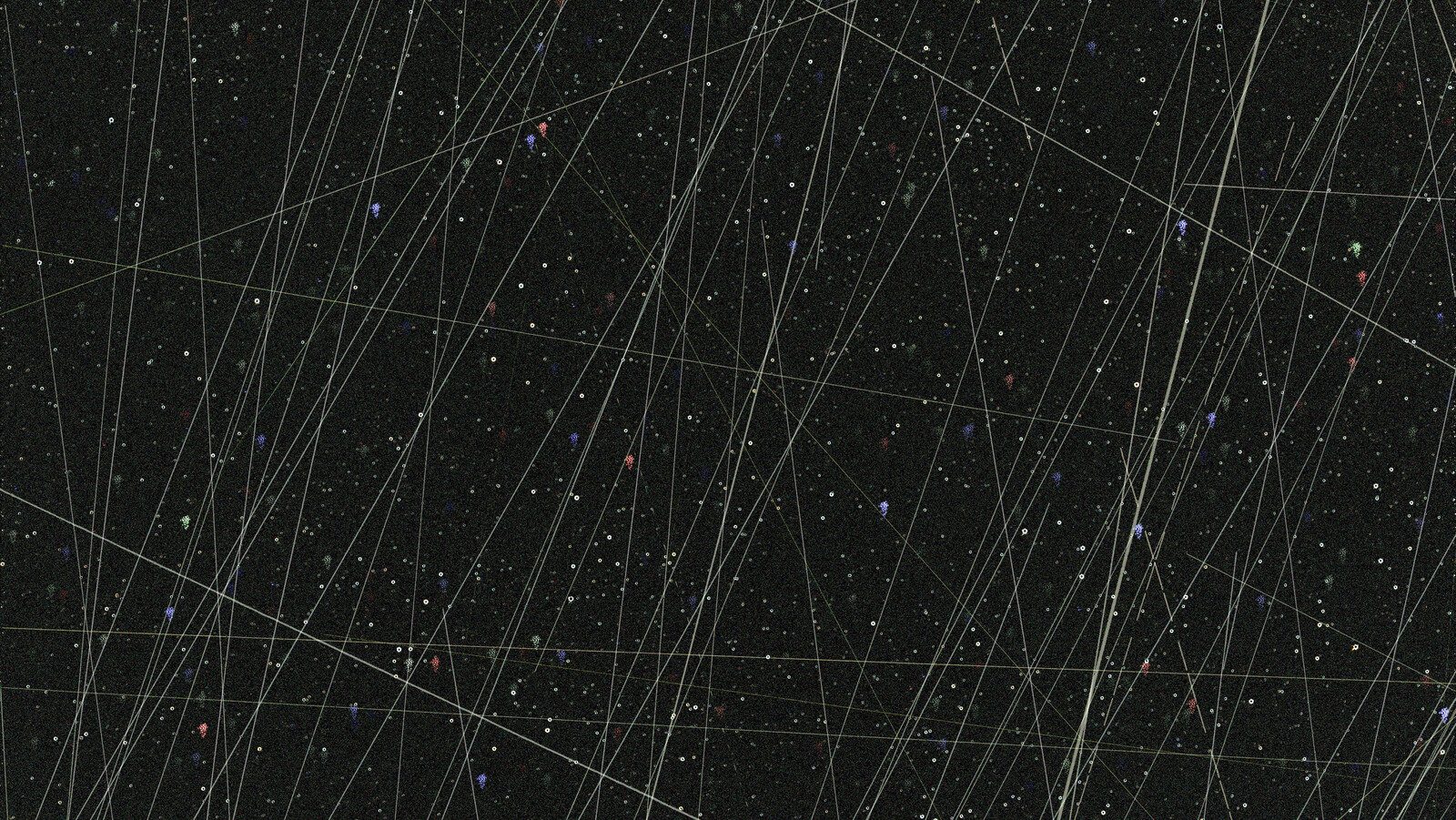Is Anyone Solving the Space Junk Problem?

What’s the Latest Development?
In the last four months, three large spacecraft have fallen to Earth, including a Russian probe loaded with toxic fuel. Thankfully, the planet’s surface is two-thirds ocean and nobody has yet been hurt. Still, there is only one organization that systematically studies space junk which has fallen to back to Earth. By examining why and how some satellites fall, Aerospace Corp.’s Center for Orbital and Reentry Debris Studies, or CORDS, hopes to prevent a crash that damages life on our planet.
What’s the Big Idea?
If you think driving on the highway is bad, imagine steering your way through low-Earth orbit where some 22,000 pieces of space debris circle the Earth at 21,600 miles per hour. And those 22,000 only include pieces four inches wide or larger. Smaller pieces, which cannot be tracked by NASA, are potentially just as lethal. “An aluminum sphere half an inch in diameter has the potential to do as much damage upon collision as a 400-pound safe traveling at 60 mph.” CORDS advises ‘design for demise’ satellites which burn up easily during reentry.
Photo credit: shutterstock.com





